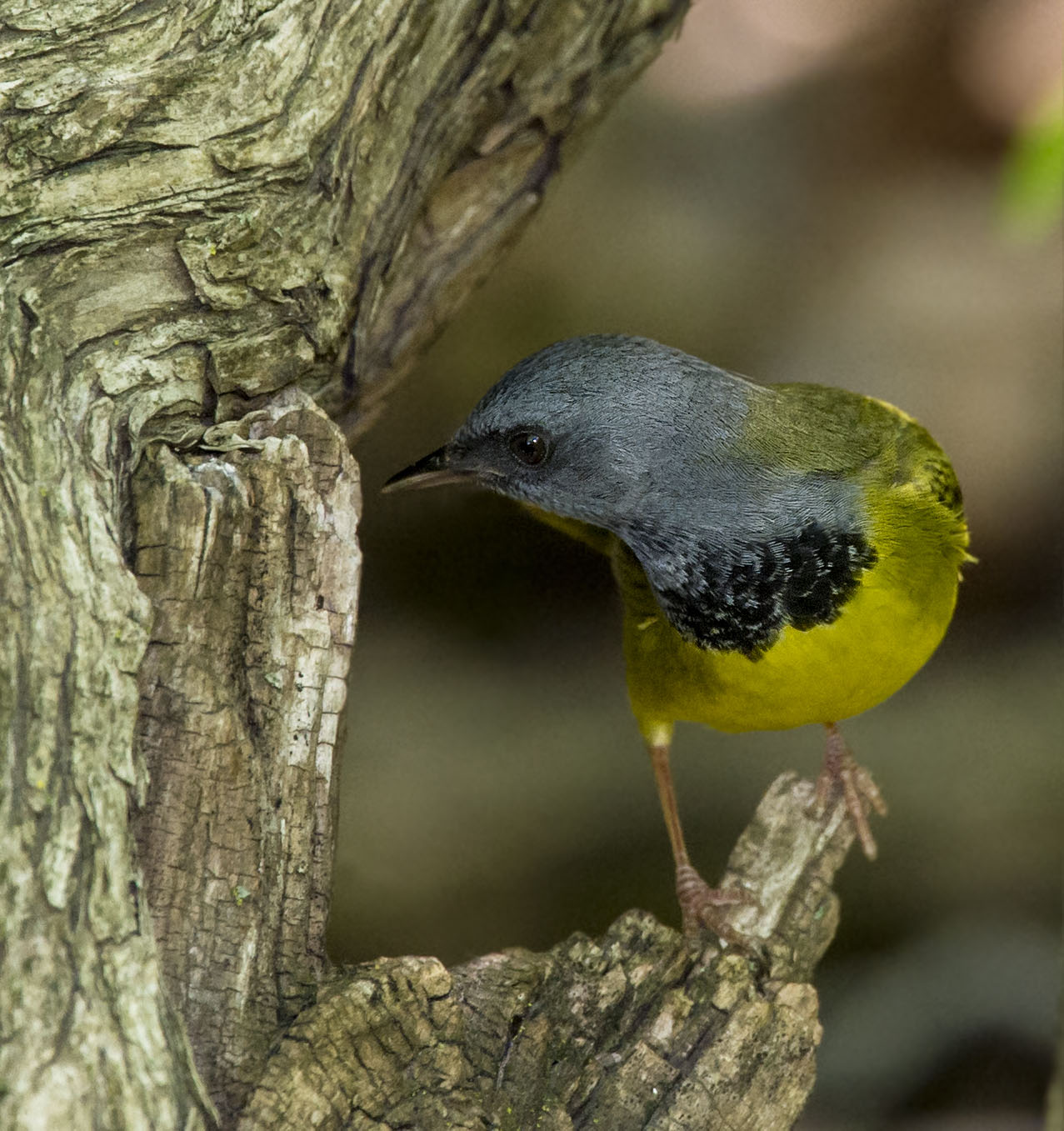
Migration season promises an amazing spectacle for most of us on alert and watching out, but every year some birds will find themselves swept up in storms and carried far off course. These weary travelers provide us with rare glimpses of another world. Let’s look at some of last year’s surprise bird sightings.
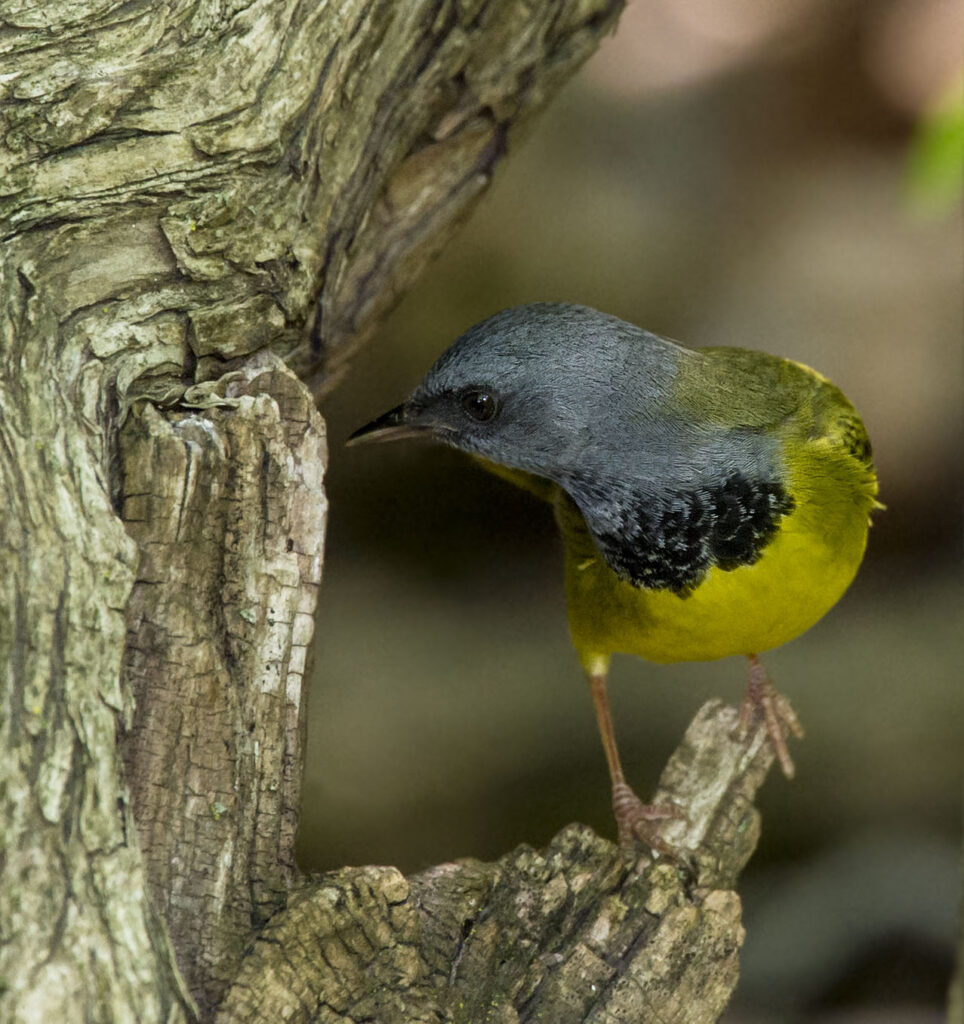
The tiny, aptly named Corvo Island, literally, Island of the Crows, is the most remote island in Europe, lying 1,000 miles west of the coast of Portugal. It is the smallest and most westward island in the Azores archipelago, and is officially designated an Important Bird Area (IBA) by Birdlife International. Despite being only 17km2 it provides breeding and feeding sites for three species of shearwater, two species of terns and many other seabirds. This fall, as Hurricane Lee tracked the eastern seaboard of the US, birders on the other side of the ocean were delighted to see a glut of rare visitors, referred to as vagrants. As Lee battered Nova Scotia and as the storm petered out tracking east across the Atlantic, a Mourning Warbler was blown off course from its migration from Canada to South America and presumably caught up in the winds as a low pressure from Iceland added to the confusion. This meeting of two systems also deposited Chestnut-sided, Black-and-White, and Tennessee warblers, one American Redstart, and five American Cliff Swallows on Corvo’s shores. Across the UK, other rare sightings made September and October two extraordinary months for anyone looking out to tick off those species that would otherwise never be seen without a costly flight east. Forty-nine species of New World birds made landfall on the British Isles, including the stunning Canada warbler, a UK first.
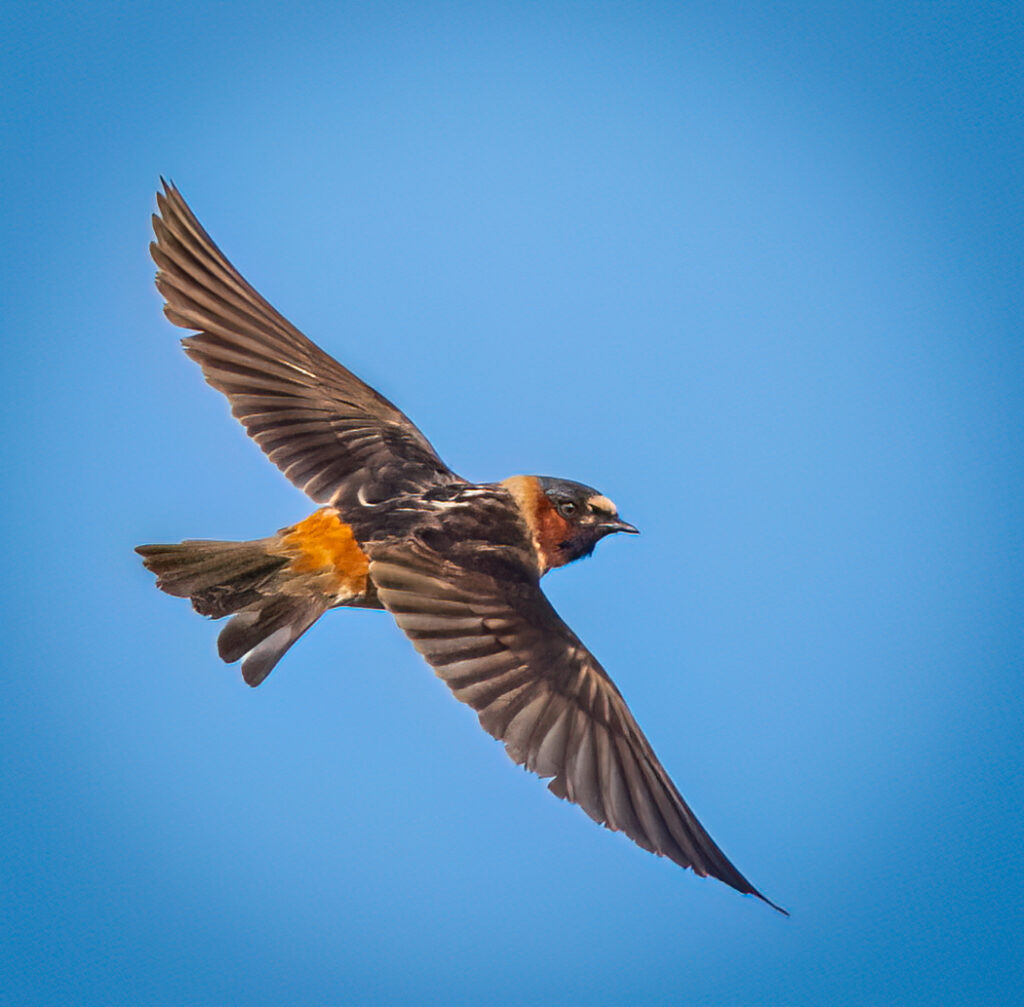
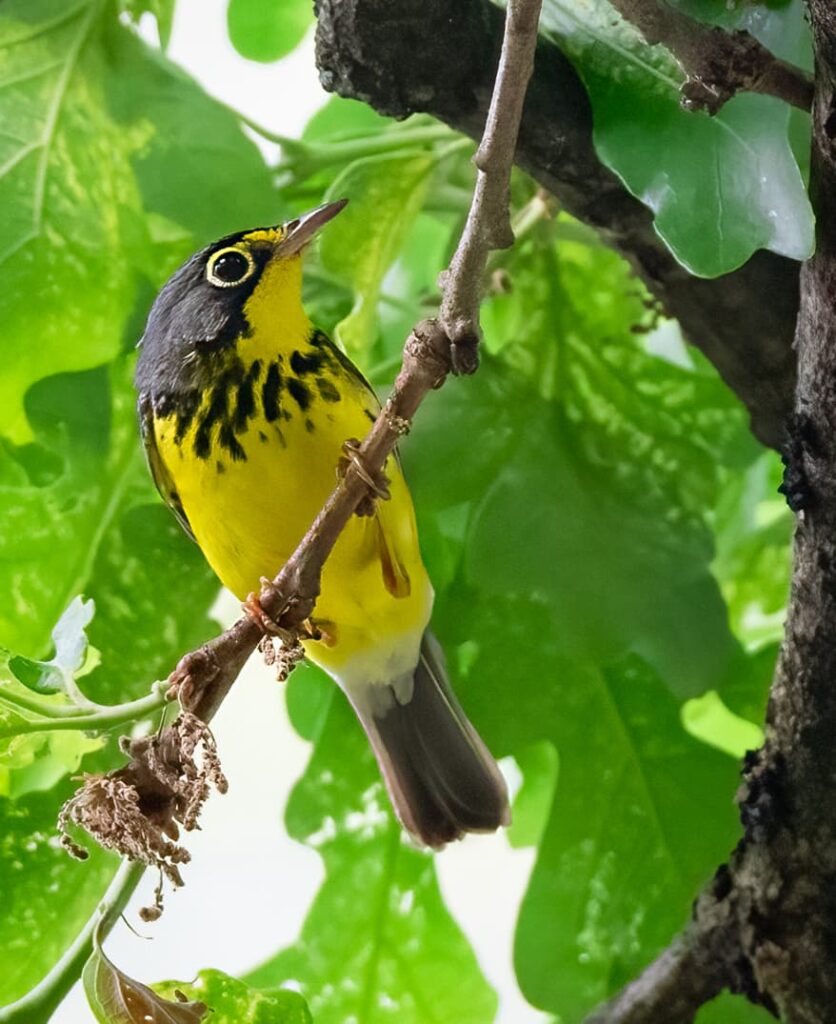
In the US, birds from distant lands made surprise sightings too. Barely a day would go by without the message boards and social media sites filling with excited shouts of “flamingo!” as record numbers of American flamingos showed in Alabama, Kentucky, North Carolina, Pennsylvania and even Ohio, as Hurricane Idalia swept across the land. Rare sightings were not just confined to the east of the nation either; a Louisiana waterthrush became diverted from the Atlantic flyway and made an appearance in California at the end of September.
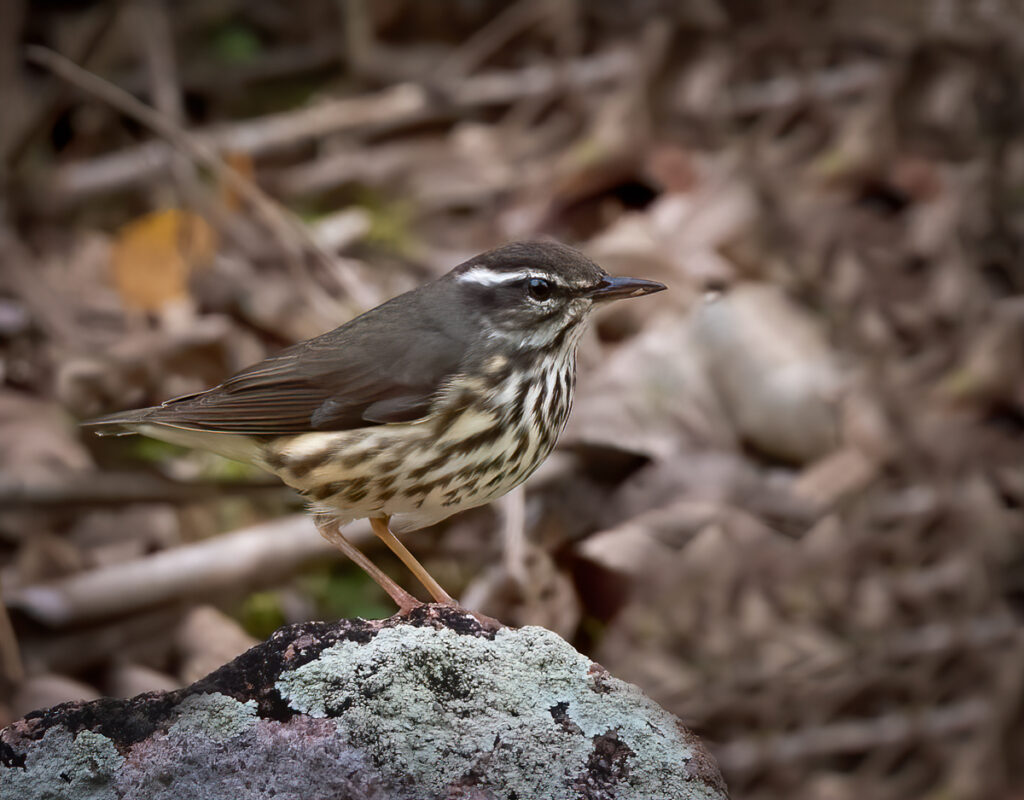
Migration is one of the most energy-consuming feats birds will ever undertake, and yet they do this twice a year, every year of their lives. Of course, this is an essential part of their life cycle. But their survival is put through its paces when the storms come. For us, storm-blown rarities are a thrilling sight, but for the birds, fate is uncertain. Many will manage to find their way back but first, they have to rest in unfamiliar territory with unknown predators. But you can help: be aware of any impending storms and the direction they’ll take and stay vigilant when watching your local birds for any unfamiliar faces. You can report these sightings to eBird or your local bird groups who can alert any appropriate wildlife rehabilitators if need be. Leave out stocked feeders and fresh water to help tired vagrants refuel and keep pets indoors as much as you can during peak migration, which you can follow here on BirdCast. Good luck out there!


